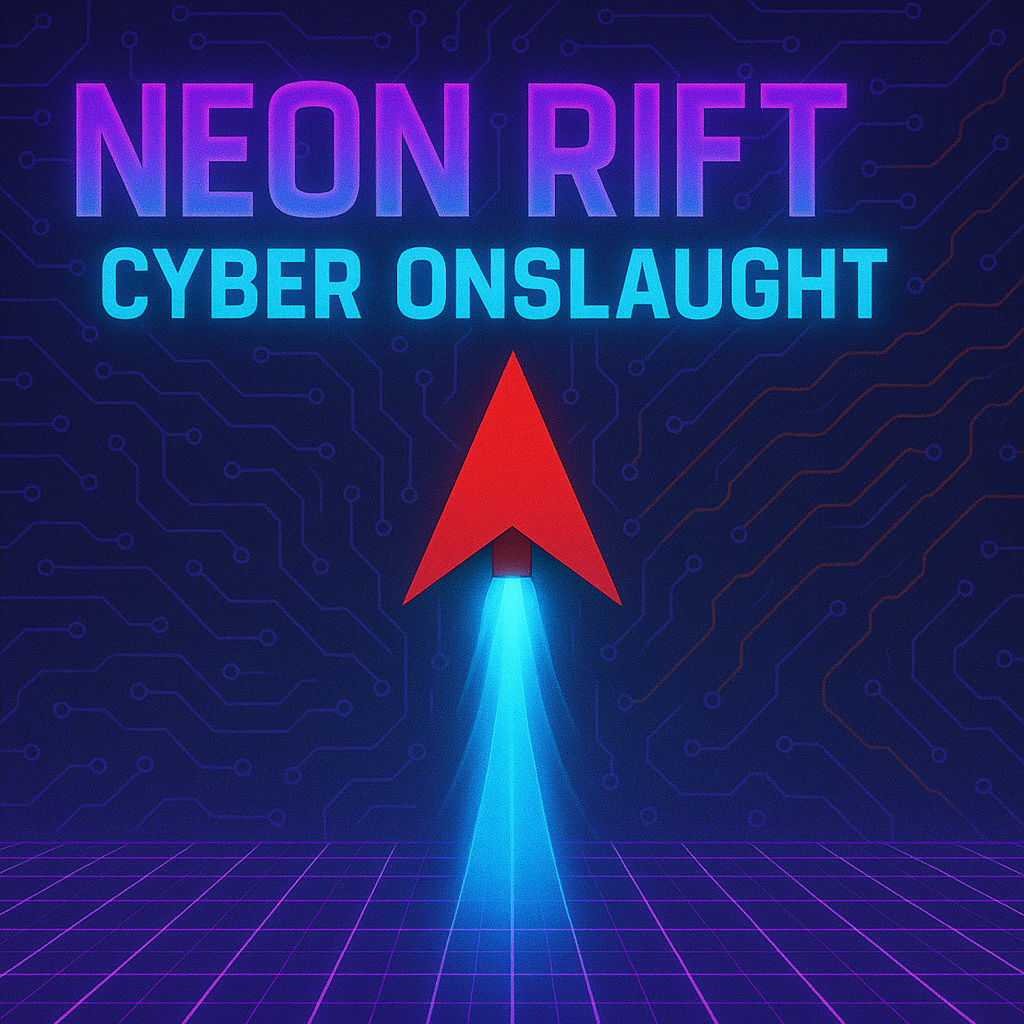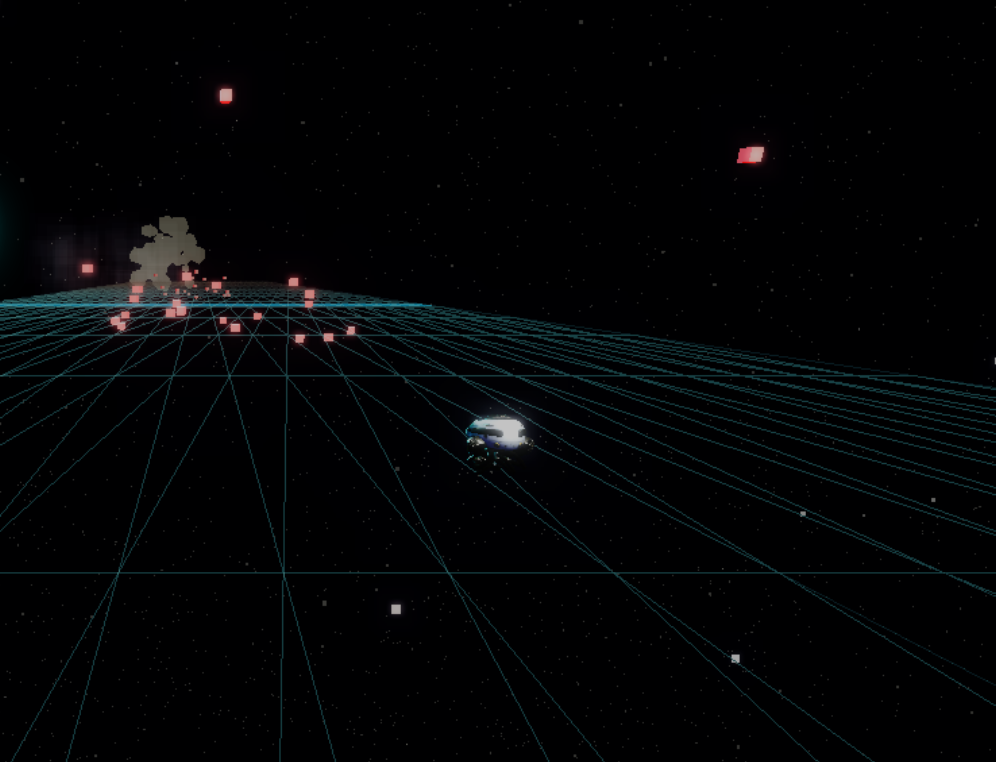Cyberpunk art has become increasingly popular in recent years, with its distinctive blend of high-tech aesthetics and gritty urban environments. In this guide, I'll share my approach to creating cyberpunk artwork, drawing from my experience in game development and digital art.
The Foundation: Understanding Cyberpunk Aesthetics
Before diving into the technical aspects, it's crucial to understand the core elements that define cyberpunk art:
- Neon lighting and vibrant colors
- High contrast between light and shadow
- Urban decay and technological advancement
- Rain and reflective surfaces
- Futuristic architecture
Color Theory in Cyberpunk Art
The color palette is one of the most distinctive aspects of cyberpunk art. Here's my approach to color selection:
- Primary neon colors: Electric blue (#00FFFF), Hot pink (#FF69B4), and Bright yellow (#FFFF00)
- Background colors: Deep purples (#2D1B4D) and dark blues (#1B1B4D)
- Accent colors: Bright greens (#00FF00) and oranges (#FF4500)
Creating Neon Effects
Neon lighting is a signature element of cyberpunk art. Here's my technique for creating realistic neon effects:
- Start with a base color for the neon element
- Add a glow effect using layer styles (Outer Glow)
- Create a separate layer for the light spill on surrounding surfaces
- Add a subtle bloom effect to enhance the glow
Building Cyberpunk Cityscapes
When creating cyberpunk cityscapes, I focus on these key elements:
- Vertical composition to emphasize towering buildings
- Multiple layers of depth (foreground, midground, background)
- Varied building heights and styles
- Abundant advertising and holographic elements
- Steam and atmospheric effects
Technical Tips for Digital Artists
Here are some technical tips I've learned through my work on Neon Rift and other projects:
- Use layer masks for non-destructive editing
- Create custom brushes for neon effects
- Utilize gradient maps for consistent color grading
- Implement noise textures for added detail
- Use reference photos of real cities for authenticity
Case Study: Neon Rift's Visual Style
In my game Neon Rift, I applied these principles to create a cohesive cyberpunk aesthetic:
- Used a limited color palette to maintain visual consistency
- Created custom shaders for neon effects
- Implemented dynamic lighting for atmospheric effects
- Designed modular building assets for efficient level creation
Tools and Software
My preferred tools for creating cyberpunk art include:
- Adobe Photoshop for digital painting and effects
- Blender for 3D modeling and rendering
- Affinity Designer for vector-based elements
- Unity for real-time visualization
Conclusion
Creating cyberpunk art is a balance between technical skill and artistic vision. By understanding the fundamental principles and practicing these techniques, you can develop your own unique style within the cyberpunk genre.

